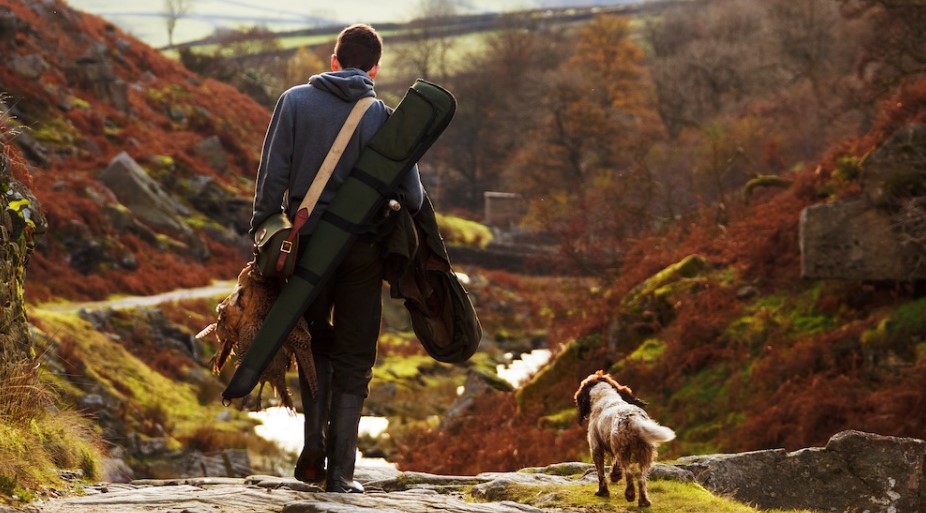
When it comes to survival situations, having the right weapon can make a significant difference in your chances of success. However, there is no one-size-fits-all solution when it comes to survival weapons. The right choice depends on several factors, including your environment, the potential threats you may encounter, and your level of experience with firearms and other tools. Here, we will explore how to select the most suitable survival weapon based on your specific circumstances.
1. Assessing Your Environment
Before choosing a survival weapon, it’s crucial to understand the environment you will be operating in. Different terrains and landscapes require distinct tools to handle potential challenges effectively. Consider the following environments:
- Wilderness: In wilderness settings, you may encounter wildlife threats or the need to procure food for sustenance. Firearms like lightweight rifles or shotguns with 12 gauge ammo can be useful for hunting small game or defending against larger predators. Additionally, versatile tools like survival knives and bows can be invaluable for various tasks.
- Urban Areas: In urban environments or during disaster scenarios, your primary concerns might be personal safety and self-defense. In such cases, compact and concealable firearms, such as handguns, are ideal. Non-lethal options like pepper spray or tasers could also be worth considering for their effectiveness in close-quarters situations.
- Coastal or Maritime Settings: If you’re near water bodies or operating at sea, water-resistant firearms or tools are essential. Pistols or shotguns with protective coatings or marine-specific firearms can be suitable choices. Additionally, having access to signaling devices like flares can be crucial for rescue scenarios.
- Mountainous Terrain: In mountainous regions, long-range rifles may be necessary for defense or hunting. The rugged terrain might also require a durable and versatile knife for survival tasks such as cutting rope or building shelter.
2. Evaluating Threat Level
Assessing potential threats is essential for choosing a survival weapon. Threats can range from wild animals to human adversaries. Understanding the level of danger you may face will help you make the appropriate selection.
- Low Threat Level: If you are primarily concerned with survival challenges like hunting for food or facing minimal wildlife risks, opting for multi-functional tools like a survival knife or a compact shotgun could be sufficient.
- Medium Threat Level: In scenarios where you might encounter wild animals that can pose a threat or face potential looters in a disaster-stricken area, a reliable handgun or a semi-automatic rifle may provide the necessary protection and firepower.
- High Threat Level: In situations where you anticipate hostile human encounters or dangerous wildlife, a semi-automatic rifle with higher caliber ammunition could be essential for your defense.
3. Consider Your Skill Level
Your level of familiarity and proficiency with weapons is a crucial factor in choosing the right survival tool. Even the most powerful firearm becomes useless in inexperienced hands. If you lack firearm experience, consider options like:
- Training and Practice: Invest time and effort in training and regular practice to become proficient with your chosen weapon. Seek professional instruction to develop essential skills.
- Simpler Alternatives: If firearms are beyond your skill level, consider non-lethal options like pepper spray, stun guns, or even basic self-defense training.
Conclusion:
Finding the right survival weapon based on your environment and threat level requires careful consideration. Understanding the demands of your surroundings, the potential dangers you might face, and your own skill level are vital aspects of the decision-making process. Remember, the best survival weapon is one that you are comfortable and competent with, providing you with a reliable tool to tackle the challenges that lie ahead. Prioritize safety, training, and preparedness to enhance your chances of survival in any situation.
